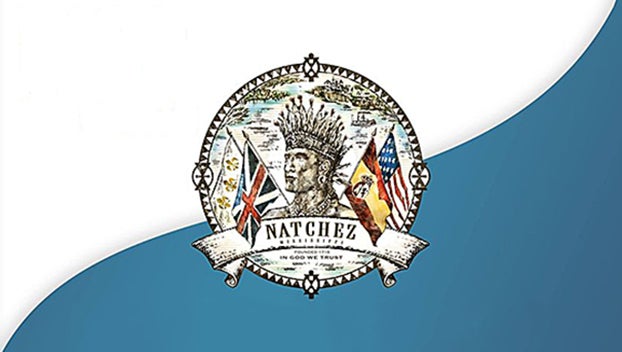Seafood prices rise as fishing grounds swallowed by oil
Published 12:00 am Sunday, June 13, 2010
NATCHEZ — Local restaurants with seafood on the menu have one eye on the stove and one eye on the Gulf of Mexico.
With oil still spewing from the blown-out Deepwater Horizon well, many miles of fishing waters have been closed to commercial fishers, thus making typically readily available seafood more pricey.
And restaurants are paying the price to keep seafood dishes on plates.
“Availability hasn’t really been a problem, to the extend that we can still get shrimp, oysters, fresh red fish, grouper and even crab meat and crawfish,” said Brad Seyfarth, executive chef at The Castle Restaurant and Pub. “The problem is the cost of everything is going up. Some items aren’t going up much, but others have made a pretty big jump in cost.”
Seyfarth has seen the biggest price increase in shrimp and oysters, with the price of fresh oysters up more than $20 a case.
And some of the increase isn’t directly related to the oil. Suppliers that are still able to fill orders are seeing more customers than usual as purchasers look for cheaper prices and higher availability.
That has driven up the price on the Gulf seafood.
“What surprised me was the price of scallops that we get from the East Coast,” he said. “They aren’t seeing any oil, but the price went up.”
But customers are still ordering the dishes, which Seyfarth said, under these circumstance, creates a problem no restaurant ever wants to face — possibly increasing menu prices.
The Castle purchases its seafood from the Louisiana Seafood Exchange and gets updates almost daily with prices and product availability.
“We’ve seen increases that have been a big enough jump where, if prices don’t go down soon, we’ll have to consider pricing accordingly,” Seyfarth said.
Some restaurants haven’t been able to avoid price increases on expensive seafood products.
Breaud’s Seafood and Steaks in downtown Natchez has had to raise prices on oysters by more than $1 per dozen just to break even on the oysters it purchases.
“Oysters seem to be the most limited, and we can still get them but we are having to pay more,” restaurant manager Brittany Bryant said.
Bryant said prices have gone up $10 per gallon and she fears the supply will run out completely soon.
“Our fishermen that are doing the oysters have had to relocated to different oyster beds,” Bryant said. “They are being pushed further and further away, and pretty soon we are afraid we aren’t going to be able to get anymore.”
With oil still flowing and fisheries still limited, Seyfarth said he doesn’t expect prices to begin falling soon. If he is right, he’ll have to soon begin making difficult choices. That could include looking for a different seafood supplier than the one he has trusted for many years.
“Sooner or later you have to make a decision,” he said. “I have to ask myself ‘do I need to still buy from them or can I find it cheaper somewhere else or do I just need to take if off the menu,’” he said.
But with customers still ordering seafood dishes as much as they were before the spill, removing loved items from the menu isn’t a step Seyfarth is ready to take.
“That’s the last thing you want to do with a popular menu item,” he said.
At Cajun Meats and Seafood in Vidalia, owner Greg Poole said customers are just happy they can still purchase fresh Gulf shrimp.
He said, so far, customers have been willing to buy the shrimp despite an increase in price.
Poole said his costs have risen more than $2 a pound for shrimp since the spill began more than seven weeks ago. It is the biggest jump in price Poole has seen since the store opened two years ago.
“(The price) would fluctuate maybe 50 to 75 cents a pound in the off season, but nothing like we have seen recently,” he said. “There is no doubt about it, this is strictly oil related.”
And Poole isn’t very optimistic about when prices will return to normal.
“I think it will get worse before it even thinks about getting better,” he said. “Until they figure out how to stop the oil, prices are going to go up.”
But he’s willing to pay the upfront costs because customers are still buying shrimp daily.
“When they come in they are just glad they can still get the product,” he said. “They’ll buy a bunch of it, because no one is sure how long we’ll be able to get it.”





